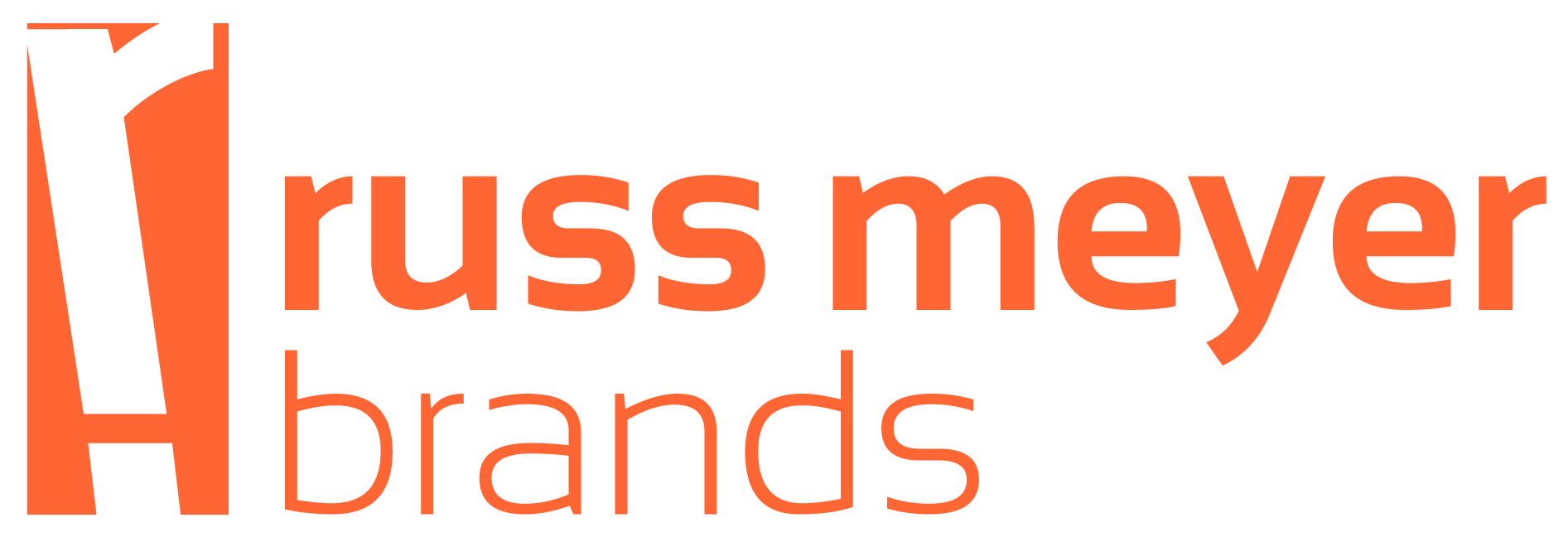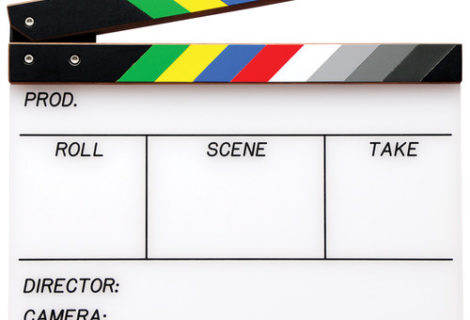Was This The First Logo?
What’s the oldest logo you can think of? Coca-Cola? Jell-0? Alka-Seltzer? A few great brands of today date back to the late 19th century. Most to some period in the 20th century. You want an old brand? Instead of 100 years…try going back about 5,000 years.
The photo at left is of a Mesopotamian bottle stopper. Approximately 8000 years ago people starting marking stoppers with personal seals, in effect, creating the first branded goods. At least that’s the theory of David Wengrow, an archaeologist at University College, London. He believes that around 5,000 years ago, as cities grew and people had to start dealing with products produced by people they didn’t directly know, the symbols on those stoppers were likely used to ensure quality or embody trust for the people consuming the contents.
Sound familiar? “Ensuring quality”, “providing trust” for consumers – at their heart, these has always been the fundamental functions of brands and brand symbols. As long as people consume things they didn’t create themselves, there will always be a need for brands to ensure quality and embody trust. How brands do that, as well as what other real or perceived benefits a brand can provide may be changing. What’s worked for brands for over 5,000 isn’t going to stop working tomorrow. But change it will. So what are your thoughts: Is branding dying? Or just evolving? What are the clues you see that demonstrate the evolution?



I thought the earliest representation of a logo was the Bass symbol, painted into the background in a Manet canvas. Now I’ll be using this one in my presentations instead 🙂
Branding is without a doubt evolving as technology improves. Great brands are using all of the social media resources to reach consumers, ensuring quality and providing trust. If you aren’t on Twitter or Facebook you don’t even exist to some younger folks.Old school media, alone, just won’t cut it if you want your brand to last. Social media creates an even greater need for branding as people worldwide become more interconnected.
Russ, my apologies, as I was too quick to post my previous comment. I am learning about branding, as well as blogging. I hope this blog is not for experts only!
After reading your other posts and pondering over this topic for hours, I have realized that I do not have the answer. I am, however, inspired by the power of branding and those who love brands, thus hoping it is evolving.
Consumer engagement, in the midst of all of this social media, is appealing. My question is “to whom is it important to engage with brands and which brands does this work for?”
Referring back to the vides of The Coca-Cola Happiness Truck and the Burberry Beijing fashion show – How important is secondary engagment (such as viewing videos on youtube) to a consumer’s brand experience? As technology and social media continue to develop, how will Android and I-phone appications (such as those to “document your life”) contribute to the evolution and/or dying of branded experiences and the brand experience?
I look forward to learning more about branding through your blog and, again, sorry for the hasty comment.
Carmen – thanks for your thoughts. No need for apologies. I set up this blog as a place for learning, my own and others. We’re all learning this stuff as we go. Appreciate your great thoughts. I’m also interesting in the impact of technology (embodied in the smart phones you mention) on brand experience and brand relationships. Probably a good topic for a post soon!
A helpful post, thanks.
Great post! Thanks, I’ll be sharing this with my students!